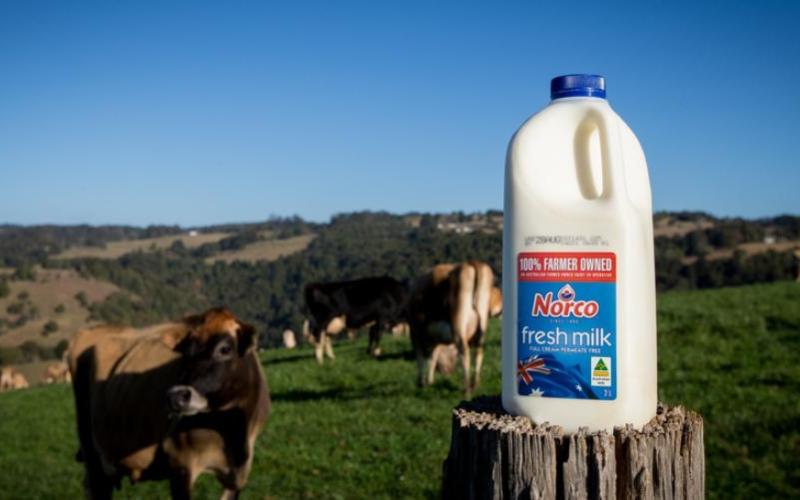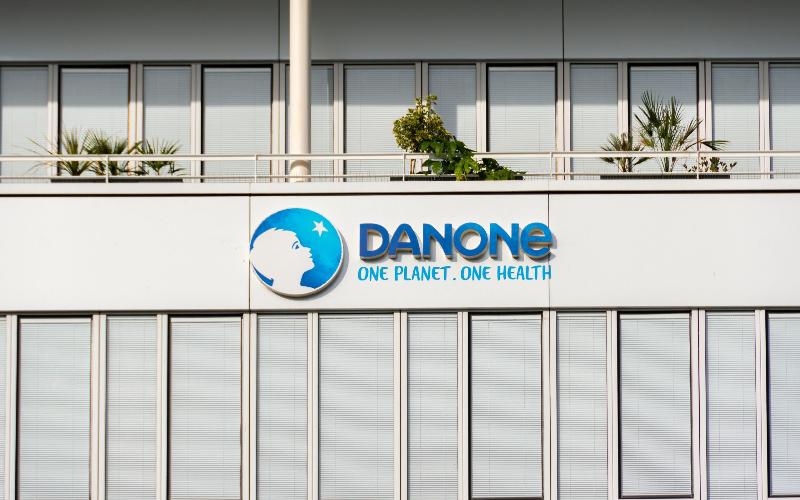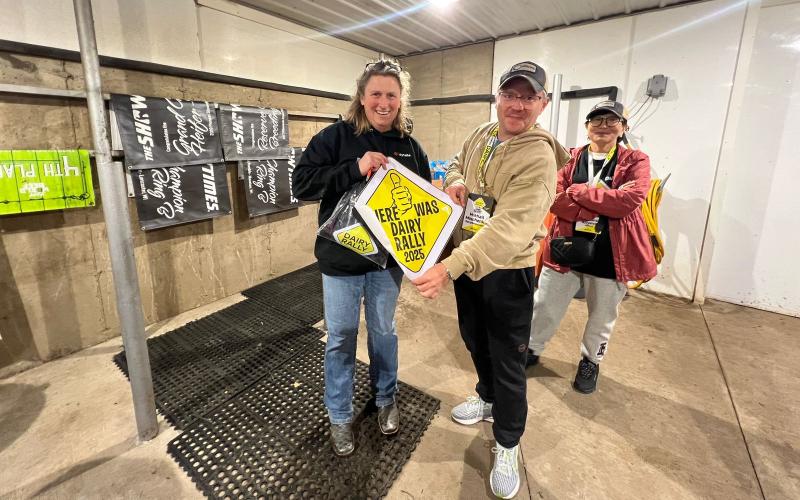UK Dairy Farms Under Fire for Pollution Violations
Sourse: The DairyNews
An alarming revelation has emerged regarding the environmental practices of UK dairy farms, with a significant number found to be flouting pollution regulations, resulting in the discharge of cow manure into rivers.

According to exclusive data obtained under freedom of information laws, a staggering 69% of the 2,475 English dairy farms inspected by the Environment Agency between 2020 and 2021 were found to be in breach of environmental regulations. The situation is equally dire across the UK, with 80% of Welsh dairy farms inspected by Natural Resources Wales and 60% of Scottish dairy farms inspected by the Scottish Environmental Protection Agency also failing to comply with anti-pollution regulations.
This widespread pollution poses a severe threat to river ecosystems, as the influx of animal waste leads to a surge in nutrient levels, triggering harmful algal blooms that suffocate aquatic life by depleting oxygen levels and blocking sunlight.
Campaigners have drawn parallels between this pollution crisis and the sewage contamination issue, attributing both to aging infrastructure and intensified effluent discharges. Pricing pressures fr om supermarkets, wh ere farmers receive minimal compensation for milk, have been cited as a driving force behind the intensification of dairy production, exacerbating pollution levels.
Charles Watson, Chair of River Action, lamented the unsustainable pollution burden imposed by the dairy industry on river catchments across the country. He urged for urgent action from regulators and called on dairy processors to incentivize responsible farming practices.
River Action is advocating for strengthened regulatory enforcement and expanded grant schemes to improve slurry management infrastructure. The Department for Environment, Food and Rural Affairs acknowledged the severity of the issue, citing ambitious targets and investment in slurry infrastructure to mitigate agricultural runoff and enhance environmental sustainability.
This widespread pollution poses a severe threat to river ecosystems, as the influx of animal waste leads to a surge in nutrient levels, triggering harmful algal blooms that suffocate aquatic life by depleting oxygen levels and blocking sunlight.
Campaigners have drawn parallels between this pollution crisis and the sewage contamination issue, attributing both to aging infrastructure and intensified effluent discharges. Pricing pressures fr om supermarkets, wh ere farmers receive minimal compensation for milk, have been cited as a driving force behind the intensification of dairy production, exacerbating pollution levels.
Charles Watson, Chair of River Action, lamented the unsustainable pollution burden imposed by the dairy industry on river catchments across the country. He urged for urgent action from regulators and called on dairy processors to incentivize responsible farming practices.
River Action is advocating for strengthened regulatory enforcement and expanded grant schemes to improve slurry management infrastructure. The Department for Environment, Food and Rural Affairs acknowledged the severity of the issue, citing ambitious targets and investment in slurry infrastructure to mitigate agricultural runoff and enhance environmental sustainability.
Key News of the Week














